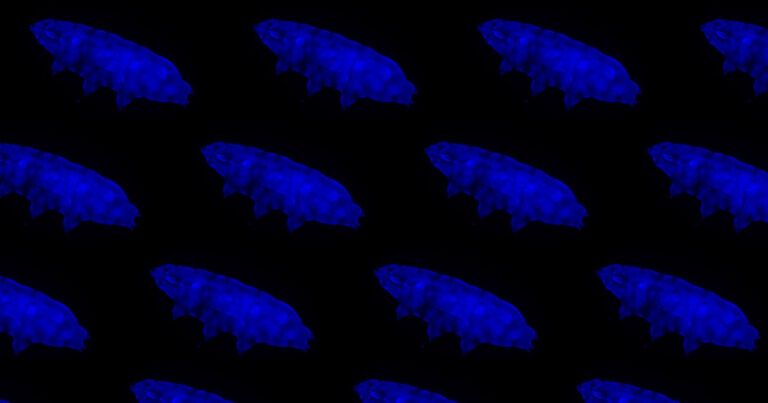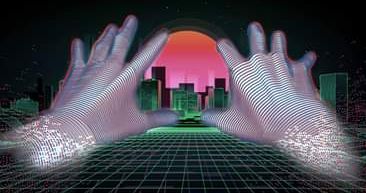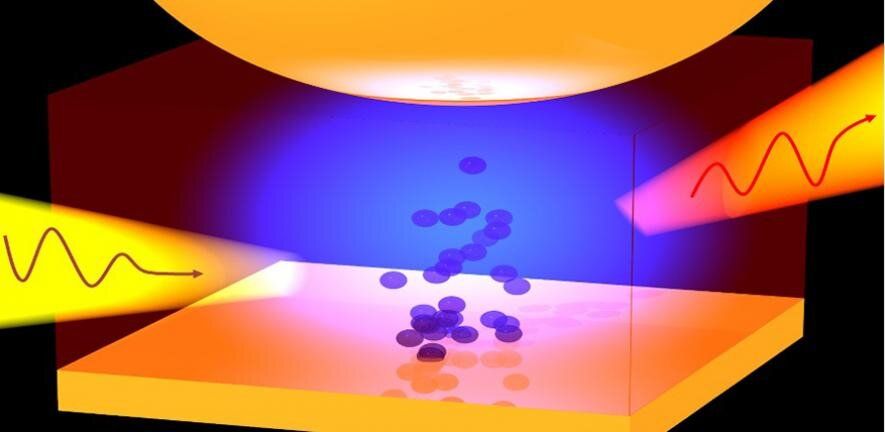Mineral’s plant buggy looks like a platform on wheels, topped with solar panels and stuffed with cameras, sensors, and software.
But maybe there’s a better way—and Mineral wants to find it.
Like many things nowadays, the key to building something better is data. Genetic data, weather pattern data, soil composition and erosion data, satellite data… The list goes on. As part of the massive data-gathering that will need to be done, X introduced what it’s calling a “plant buggy” (if the term makes you picture a sort of baby stroller for plants, you’re not alone…).
It is in fact not a stroller, though. It looks more like a platform on wheels, topped with solar panels and stuffed with cameras, sensors, and software. It comes in different sizes and shapes so that it can be used on multiple types of crops (inspecting tall, thin stalks of corn, for example, requires a different setup than short, bushy soybean plants). The buggy will collect info about plants’ height, leaf area, and fruit size, then consider it alongside soil, weather, and other data.








